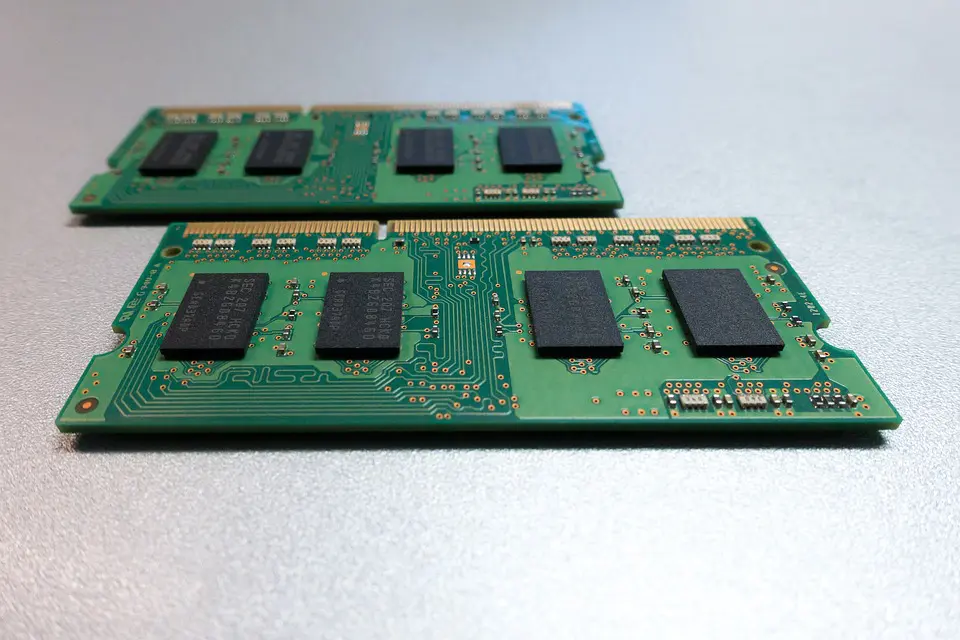Consumer electronics have come a long way since the semiconducting silicon chip started the revolution of electronics and computerization that marked the opening years of the 21st century. The rate of progress since the first silicon transistor was manufactured in 1947 has been breathtaking – from a few thousands transistors on a single chip to more than two billion currently.

(Pixabay / stux)
Electronic devices have faster processing powers and better battery life and are more cost-effective than ever. They have become an indispensable part of the fabric of our lives. In fact, it’s tough to find a person alive without an electronic device in his or her possession.
Latest Innovations
Scientists and engineers keep on working to take the next step in advancing technology. The race to further improve smartphones sees no limits as engineers and designers continually push the boundaries of technology.
One focus of designers and engineers is the waterproofing option for smartphones and wearable technology. While some wearables can be submerged to a certain water depth and continue working, bigger electronics, such as smartphones and cameras running on printed circuit boards, do not yet have that capability.
Engineers are researching silicon seals and hydrophobic conformal coatings to join connectors with the PCB in order to create waterproofing for future products. Once perfected, this technology will be a significant improvement for the electronics industry. It will also affect the types of materials and components to be used in achieving this desired functionality. Waterproofing PCBs will prove valuable not only to mobile devices, but also to manufacturing, defense, and limitless other applications.
Future of PCBs
Engineers are continuously working to perfect the design of printed circuit boards. PCBs are getting smaller due to the demand for smaller portable devices, even as designers seek to augment the performance of smartphones, tablets, etc. As devices get smaller but with added functionality, PCBs must adapt. Looking forward, they will be expected to power more components and maintain functionality in more situations.
